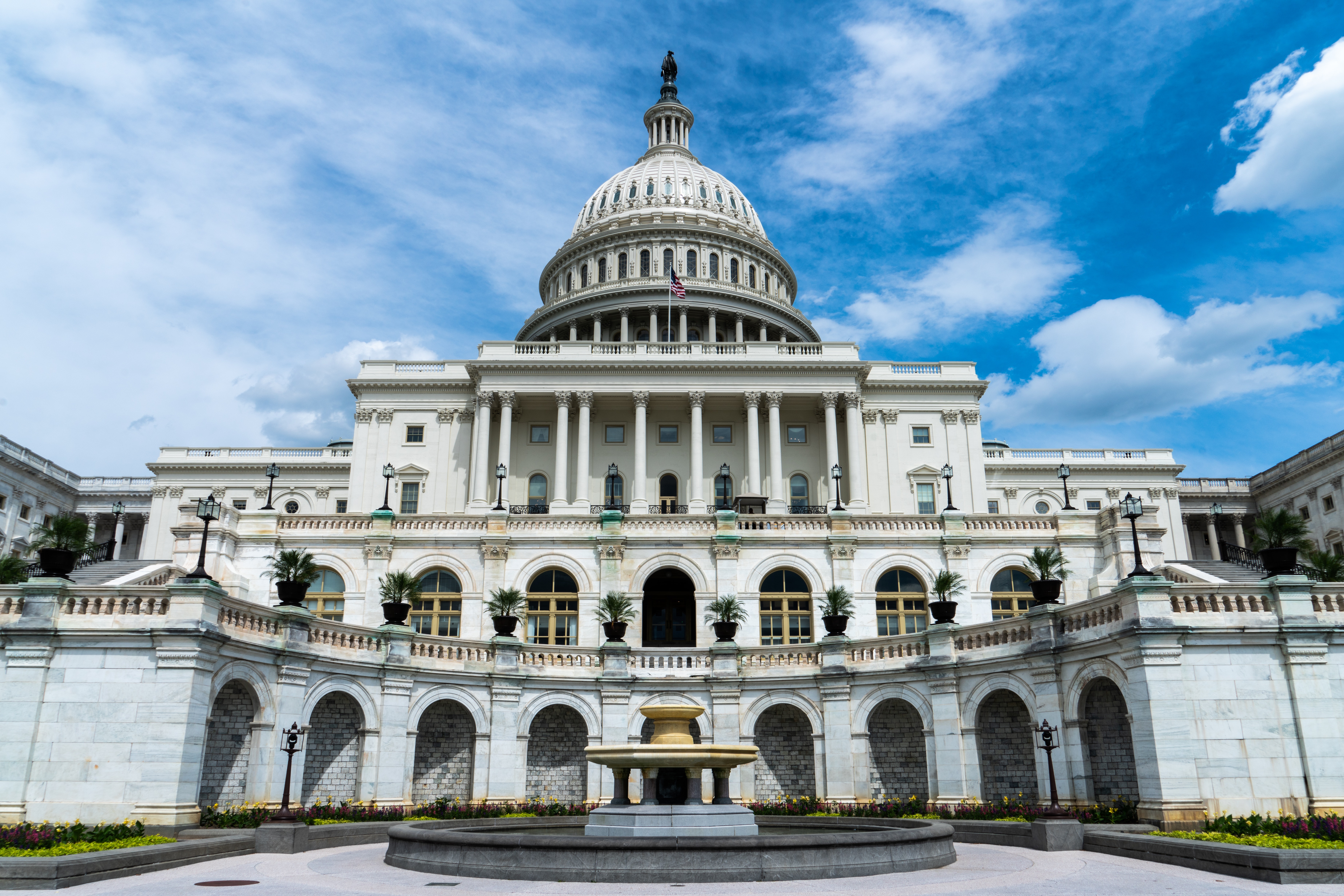What’s in the $1.9 Trillion American Rescue Plan?

On Wednesday, the House of Representatives approved the $1.9 trillion “American Rescue Plan” that was previously approved by the Senate. President Biden is expected to sign the legislation into law on Friday, March 12. Here’s what you need to know:
Individual Support
Americans earning less than $75,000/year will receive a third direct payment of $1,400. Married couples earning less than $150,000/year will receive $2,800. An additional $1,400 for every dependent claimed on tax returns will also be sent out.
An additional $300/week in unemployment benefits will be in place through September 6. Through the end of September, workers laid off from their jobs receive a 100% subsidy for their health insurance premiums so they can stay on their old employer’s coverage. The bill also makes $25 billion available for emergency rental assistance.
COVID-19 Response
$46 billion is allocated for testing and tracing for COVID-19, $7.5 billion will go towards vaccine distribution and administration, and another $2 billion is for testing supplies and PPE. The Senate version also includes $8.5 billion for the Provider Relief Program to help providers in rural areas.
Business Support
An additional $15 billion is allocated to the Emergency Injury Disaster Loan (EIDL) program, while $7 billion is allocated for small business loans through the Paycheck Protection Program (PPP), including non-profit organizations. The Small Business Administration will receive $25 billion for a grant program targeting restaurants and bars. Specific to small businesses, the bill specifically allocates $5 billion for businesses with less than $500,000 in annual revenue.
Employers who voluntarily offer paid family and sick leave through October 1 are eligible for tax credits.
Education and Child Care
K-12 schools will receive roughly $130 billion through the end of 2023 with 20% of that amount mandated toward addressing learning loss brought on by the pandemic. About $40 billion will go to colleges and universities, and another $39 billion for child care providers.
State and Local Aid
$350 billion is provided for state ($195 billion) and local ($130 billion) governments for costs incurred through 2024, with another $20 billion for tribal governments and $4.5 billion for US territories.
Transportation
Nearly $30 billion is allocated for transit, $15 billion for airline workers, with another $8 billion for airports.
What was left out?
Calls for a $15 national minimum wage were ultimately rejected in the legislation. The Chamber has opposed this measure and urged Congress to consider several factors when examining an adjustment to the national minimum wage that would be equitable for low-cost of living areas like Lubbock.
In addition, business liability protections were left out once again. The Chamber is supporting efforts in the Texas Legislature to create a temporary and targeted safe harbor for businesses that are operating safely and in good faith to shield them from frivolous lawsuits.
Full details of the bill can be found here.
